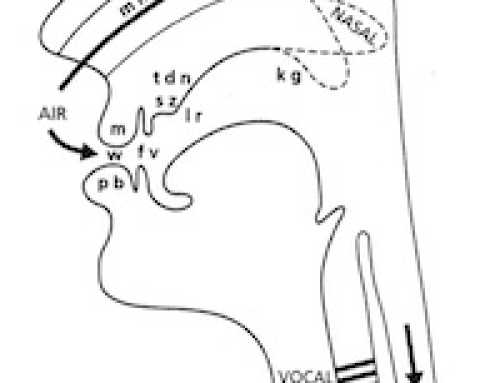I read a great article written by Libby-Jane Charleston in WA Today (on 28 August 2018) about the role of hypnosis in treating stuttering in children. Whilst it referred to managing childhood stuttering, (which indeed is very different to managing stuttering in adults), I took a great interest in this article. I am a Speech Pathologist who specialises in stuttering management in adults (also known as adult ‘dysfluency’), as well as other speech, language and swallowing difficulties. Dysfluency is an ongoing interest of mine.
Whilst living and working in the UK, I received a grant to specialise in stuttering management from the Royal College of Speech and Language Therapists in London. I first completed post-graduate training in the area of ‘Adults who Stutter’ involving both traditional therapy management as well as incorporating other less traditional therapies, including ‘mindfulness’ and ACT (Acceptance and Commitment Therapy). I then went on to do further studies to explore the role of hypnosis as an adjunct to Speech and Language Therapy, specialising in stress and anxiety management as it pertains to stuttering, swallowing and other communication problems.
The pageantry around hypnosis (“when I click my fingers you’ll quack like a duck”) tarnishes the therapeutic benefits that hypnosis potentially can bring.

Hypnosis is about clearing your mind of the “noise” that pollutes our thinking and opens you to suggestion and techniques that otherwise would get crowded out by other thoughts, anxiety or doubt. But…. this certainly is not the only answer. For many people, it is not even something I would consider given their type of stutter.
From clinical experience, and in support of all of the theories documented by researchers over many years working in the area of adult stuttering, there is no such thing as ‘an easy-fix’ or ‘a complete cure’ for a stutter. There is, however, a vast range of techniques and strategies that can be learnt, which significantly help to deal with the triggers of stuttering, as well as the stutter itself. My aim is to facilitate clients who stutter to use a variety of techniques pre-emptively, and almost subconsciously, so that they communicate as effectively and fluently as possible.
The key to successful therapy is that people with a dysfluency can select any ‘tool’ (i.e. strategy they have learnt to control their dysfluency) from a full tool box (i.e. they can use a variety of techniques which help their fluency when speaking; most people dip in and out of several techniques during one sentence). Using hypnosis can help train our subconscious about some of these techniques and when combined with traditional speech therapy, can be effective for some individuals. Other individuals will get no benefit from hypnosis at all, no matter how good the therapist is. There is no ‘one-size-fits all’ for adults who stutter.
Stuttering certainly is a complex puzzle to solve. It needs evidence-based practise (therapy techniques supported by research) to guide therapy. A good therapist will be flexible in their techniques and alter their approach to suit each and every individual they see. Just as no two people are alike, no two stutters are alike. Good therapy always should be preceded by a detailed assessment, followed by a discussion with each client about joint therapy goals, prior to embarking on therapy.
One thing that is clear with stuttering therapy for adults is that stuttering will not simply disappear in a single session, no matter what approach is taken. It requires commitment from clients to practice techniques and to persevere through what can be a frustrating period of “snakes and ladders”. Ultimately, when in the hands of an experienced therapist, the ladders will beat the snakes!





